Table of content
Cabbage hearts, often overlooked in favor of their leafier counterparts, are a culinary gem waiting to be discovered. Tender, sweet, and packed with nutrients, they form the star ingredient in this classic stir-fry recipe. Whether you’re a seasoned home cook or a novice in the kitchen, mastering the art of stir-fried cabbage hearts will reward you with a dish that balances simplicity, flavor, and health. This article will guide you through every step, from selecting the freshest ingredients to perfecting your cooking technique, ensuring your final plate is a testament to the beauty of minimalist yet satisfying cuisine.
Understanding Cabbage Hearts: More Than Just a Core
Before diving into the recipe, let’s clarify what cabbage hearts are. Unlike the outer leaves of a cabbage, which can be tough and fibrous, the heart refers to the innermost, tightly packed layers. These layers are softer, sweeter, and less bitter, making them ideal for quick cooking methods like stir-frying. Cabbage hearts are also richer in nutrients, as the inner layers retain more vitamins and minerals that might be lost in the outer leaves.
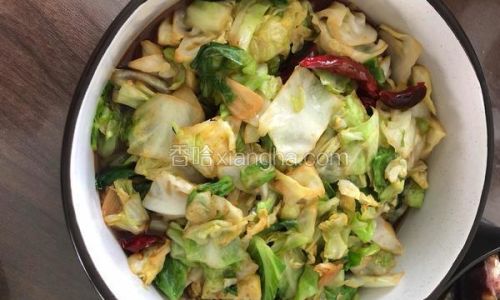
Ingredients You’ll Need
To create a vibrant stir-fried cabbage heart dish, gather the following ingredients:
Main Ingredients
- 2 medium cabbage hearts (about 600–700 grams): Look for firm, compact heads with crisp leaves. Avoid those with wilting or brown spots.
- 3 tablespoons cooking oil: Neutral oils like vegetable, canola, or peanut work best to avoid overpowering the cabbage’s delicate flavor.
- 3 garlic cloves, minced: Fresh garlic adds aromatic depth.
- 1-inch piece of ginger, grated: Ginger introduces a subtle warmth.
- 1 small onion, thinly sliced: For sweetness and texture.
- 1 red bell pepper, julienned (optional): Adds color and a mild crunch.
- 2–3 dried red chilies (optional): For a hint of heat.
Seasonings and Sauces
- 1 tablespoon soy sauce: Use light soy sauce for saltiness without darkening the dish.
- 1 teaspoon oyster sauce: Enhances umami flavor.
- 1/2 teaspoon sesame oil: For a nutty finish (add at the end).
- 1/2 teaspoon sugar: Balances the dish’s natural bitterness.
- 1/4 teaspoon white pepper: A lighter alternative to black pepper.
- Salt to taste: Adjust based on your soy sauce’s saltiness.
Optional Garnishes
- 1 tablespoon toasted sesame seeds
- 2–3 green onions, chopped
- A squeeze of fresh lime juice
Step-by-Step Cooking Guide
Preparing the Cabbage Hearts
- Trimming: Remove any damaged outer leaves. Slice off the tough base of each cabbage heart, but leave enough to hold the layers together.
- Cutting: Halve the cabbage hearts lengthwise, then slice each half into 1/4-inch thick shreds. Aim for uniformity to ensure even cooking.
- Rinsing: Rinse the shredded cabbage under cold water, then pat dry thoroughly. Excess moisture will steam the cabbage instead of stir-frying it, resulting in a soggy texture.
Prepping Aromatics and Vegetables
- Garlic and Ginger: Mince the garlic and grate the ginger. Set them aside in separate bowls—garlic burns easily, so adding it later prevents bitterness.
- Onion and Bell Pepper: Slice the onion into thin half-moons. Julienne the bell pepper into matchsticks.
Mastering the Stir-Fry Technique
Stir-frying is a high-heat, quick-cooking method that sears ingredients while retaining their crispness. Here’s how to execute it flawlessly:
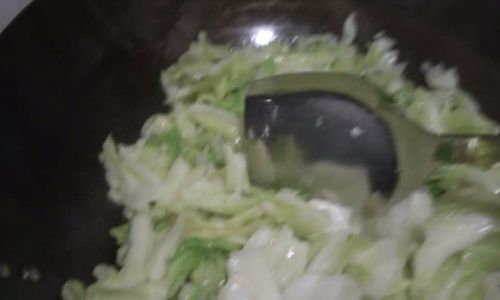
- Heat the Wok: Place your wok or large skillet over high heat. Allow it to smoke lightly before adding oil—this ensures a non-stick surface.
- Add Oil: Swirl the oil to coat the pan evenly. Use just enough to prevent sticking without making the dish greasy.
- Sear Aromatics: Add the ginger and dried chilies (if using). Stir-fry for 10–15 seconds until fragrant. Immediately add the garlic and stir for 5 seconds more—garlic burns quickly, so timing is crucial.
- Cook the Onion: Toss in the onion slices. Stir-fry for 1–2 minutes until translucent but not browned.
- Introduce the Cabbage: Add the cabbage shreds and bell pepper (if using). Use tongs or a spatula to toss continuously, ensuring each strand is coated in oil.
- Season Gradually: After 2 minutes of stir-frying, drizzle the soy sauce and oyster sauce around the edges of the wok. This allows the sauce to caramelize slightly before mixing.
- Adjust Heat: If the cabbage releases too much liquid, increase the heat to evaporate excess moisture. If it begins to burn, reduce the heat slightly and add a splash of water.
- Final Touches: Sprinkle sugar, white pepper, and a pinch of salt. Drizzle sesame oil and toss to combine. Remove from heat once the cabbage is tender-crisp (about 5–6 minutes total).
Serving Suggestions
- As a Side Dish: Pair with steamed rice, quinoa, or noodles for a balanced meal.
- As a Main Course: Add protein like shredded chicken, tofu, or shrimp during the stir-fry process.
- Garnish Creatively: Scatter sesame seeds, green onions, or a lime wedge for a bright finish.
Pro Tips for Perfect Stir-Fried Cabbage Hearts
- Don’t Overcrowd the Pan: Cook in batches if necessary. Overcrowding lowers the wok’s temperature, leading to steaming instead of searing.
- Cut Uniformly: Even-sized pieces ensure consistent cooking.
- Prep Ahead: Chop all ingredients before heating the wok—stir-frying happens too quickly to pause for prep.
- Taste and Adjust: Season incrementally. Cabbage hearts’ mild flavor allows flexibility.
- Use Fresh Ingredients: Wilted cabbage or stale garlic will dull the dish’s vibrancy.
Nutritional Benefits of Cabbage Hearts
Cabbage hearts are a nutritional powerhouse:
- High in Fiber: Aids digestion and promotes gut health.
- Rich in Vitamins: Excellent sources of vitamin C (boosts immunity) and vitamin K (supports bone health).
- Antioxidant-Rich: Contains compounds like sulforaphane, linked to reduced inflammation and cancer prevention.
- Low in Calories: A 100-gram serving contains just 25 calories, making it ideal for weight management.
Variations to Explore
Spicy Sichuan-Style
- Add 1 tablespoon of doubanjiang (fermented chili bean paste) with the garlic.
- Garnish with Sichuan peppercorns for a numbing heat.
Garlic and Black Bean
- Replace soy sauce with 1 tablespoon of fermented black beans.
- Increase garlic to 5 cloves for a pungent kick.
Vegetarian Delight
- Toss in 1/2 cup of sliced mushrooms and 1/4 cup of cashews during the final minute of cooking.
- Use tamari instead of soy sauce for a gluten-free option.
Asian-Inspired Noodle Bowl
- Serve over udon or rice noodles.
- Add a soft-boiled egg and a drizzle of chili oil.
Troubleshooting Common Issues
- Soggy Cabbage: Ensure the pan is hot enough, and avoid overcrowding. Pat the cabbage dry before cooking.
- Burnt Garlic: Add garlic last or reduce heat when searing aromatics.
- Bland Flavor: Increase soy sauce or add a splash of rice vinegar for acidity.
- Too Salty: Balance with a pinch of sugar or a squeeze of lime.
The Cultural Tapestry of Stir-Frying
Stir-frying is more than a cooking technique—it’s a cultural symbol. Originating in China over 1,500 years ago, this method prioritizes preserving ingredients’ natural flavors while minimizing nutrient loss. Today, it’s embraced globally for its speed and versatility. By stir-frying cabbage hearts, you’re not just cooking—you’re participating in a tradition that bridges continents and centuries.
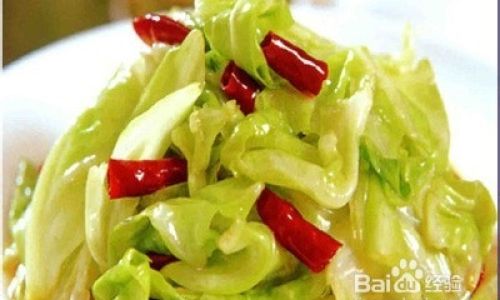
Conclusion
Stir-fried cabbage hearts are a celebration of simplicity and flavor. With minimal ingredients and technique, you can transform a humble vegetable into a dish that delights the senses and nourishes the body. Whether you’re a purist sticking to the classic recipe or an adventurer experimenting with global twists, this dish invites creativity and rewards effort. So grab your wok, sharpen your knife, and let the sizzle of cabbage hearts fill your kitchen—a meal that’s as wholesome as it is unforgettable awaits.
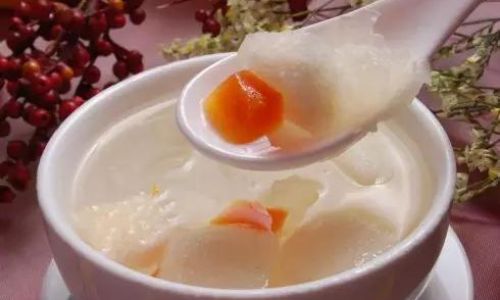
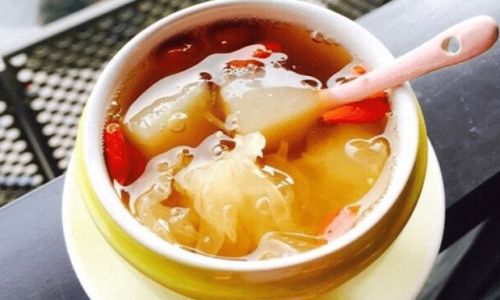



0 comments